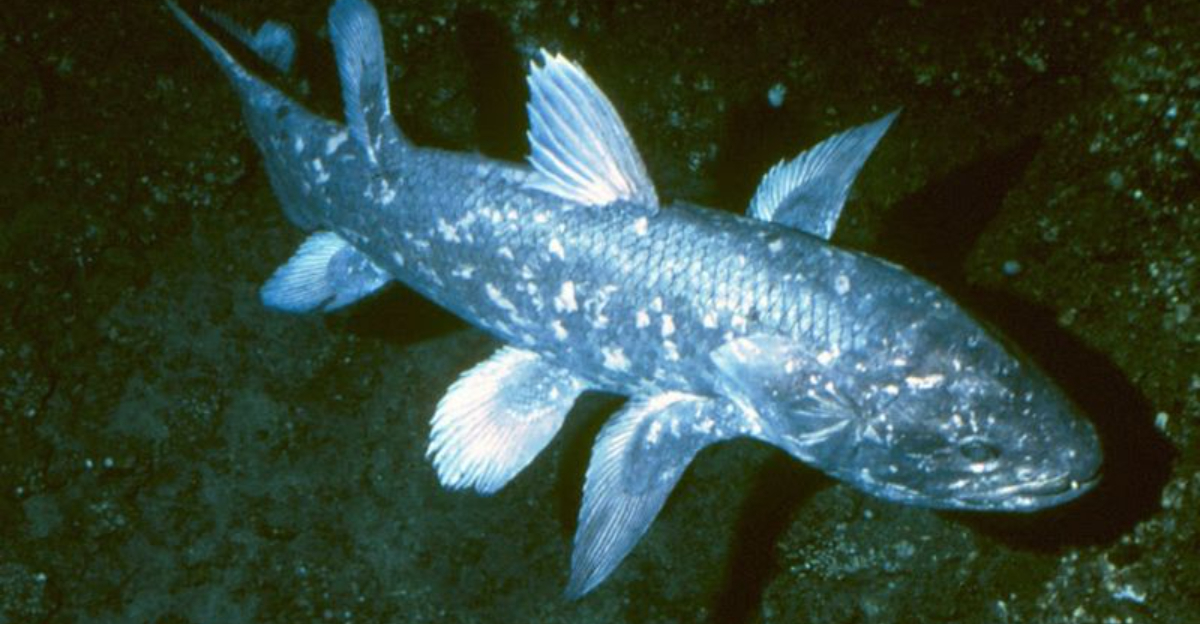Scientists have made an extraordinary discovery in the waters off California’s coast – a fish species once thought extinct for millions of years!
This remarkable find has been dubbed a living fossil because it appears virtually unchanged from its ancient ancestors.
The discovery has thrilled marine biologists worldwide and offers a rare glimpse into Earth’s distant past swimming right in our modern oceans.
A Deep-Sea Discovery Shocks Scientists
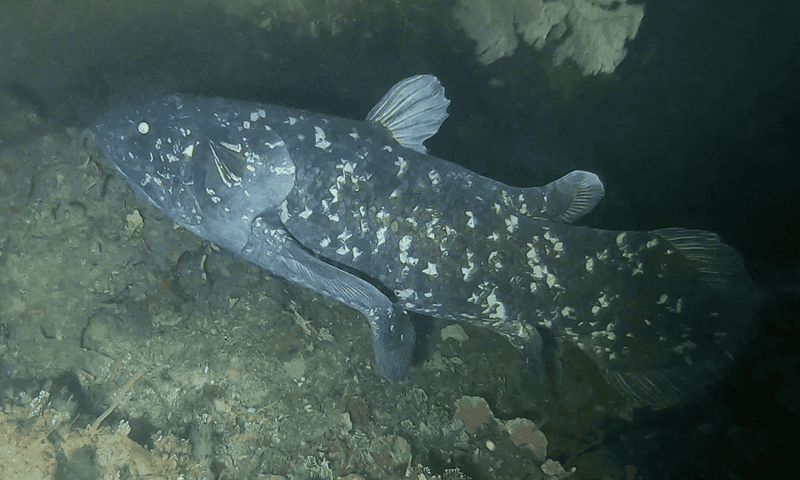
I remember the buzz at my university when news first broke – even my usually stoic marine biology professor couldn’t contain his excitement! Caught during a routine deep-water expedition, the creature displayed anatomical features believed to have disappeared from Earth’s oceans millions of years ago.
Its discovery challenges our understanding of evolution and extinction events.
Most astonishing was how the fish appeared almost identical to fossil specimens dating back over 100 million years, suggesting an evolutionary timeline that remained mysteriously frozen while other species transformed dramatically.
What Defines A Living Fossil?

The term living fossil sounds like something from a sci-fi movie, but it actually describes organisms that appear unchanged for millions of years.
These remarkable creatures seem to have found their evolutionary sweet spot early on and simply stuck with it! Charles Darwin himself coined this fascinating term in 1859 when describing species that show minimal evolutionary change compared to their ancient ancestors.
Not truly fossils at all, these animals are very much alive but represent biological windows into Earth’s distant past. Examples include horseshoe crabs, nautilus, and the famous coelacanth fish – all maintaining body plans that have remained essentially unchanged for hundreds of millions of years.
Examining The Specimen: Identification Off The California Coast
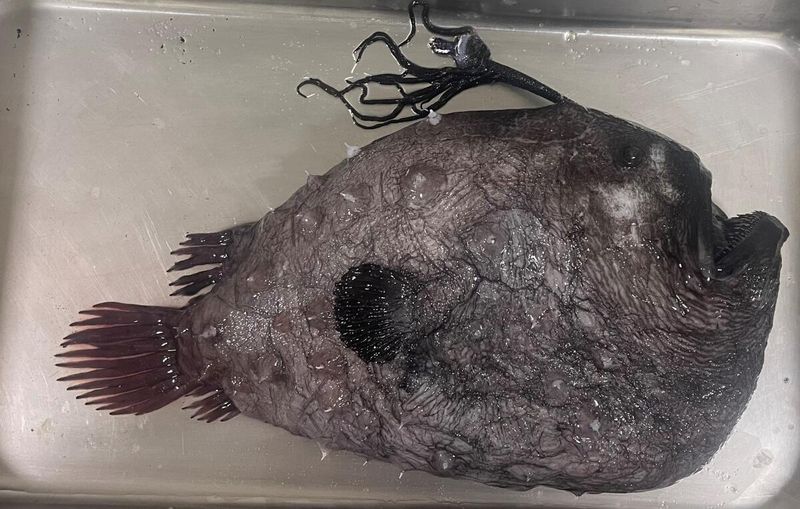
When researchers first hauled up the strange creature from California’s depths, they couldn’t believe their eyes.
Its primitive fins, distinctive scale pattern, and unusual jaw structure immediately set off recognition bells among the marine biologists on board. DNA analysis confirmed what visual examination suggested – this was indeed a species previously known only from the fossil record!
The team worked around the clock documenting every aspect of the fish before carefully preserving tissue samples for further study. What makes this find particularly special is its location.
Finding such an ancient lineage in California waters suggests undiscovered ecological niches might exist right under our noses in seemingly well-explored regions.
Echoes Of Evolution: The Scientific Significance
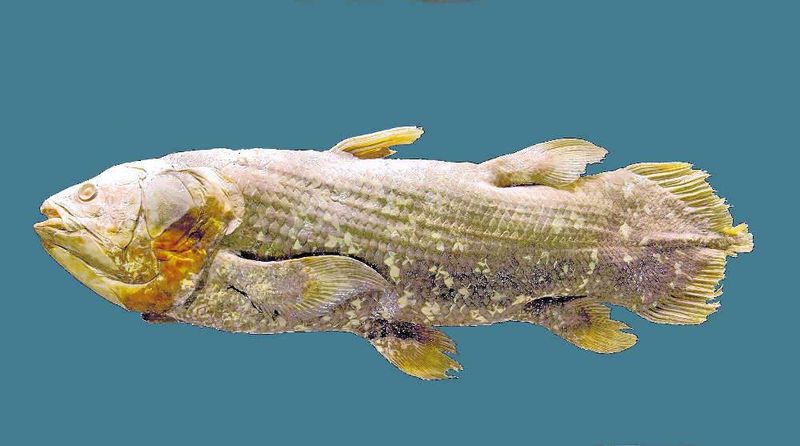
Evolutionary biologists are absolutely giddy about this discovery!
Finding a living fossil is like stumbling upon a biological time machine that lets scientists study ancient adaptations in real-time. The fish’s genetic code may reveal how certain species manage to resist evolutionary pressure for millions of years.
Last summer, I attended a conference where researchers suggested these living fossils might possess unique genetic stability mechanisms worth investigating for medical applications.
Beyond pure scientific curiosity, understanding how these creatures survived multiple mass extinction events might provide valuable insights for conservation efforts today. Their resilience through Earth’s most catastrophic changes offers lessons we desperately need in our rapidly changing world.
California’s Coast As A Biodiversity Haven
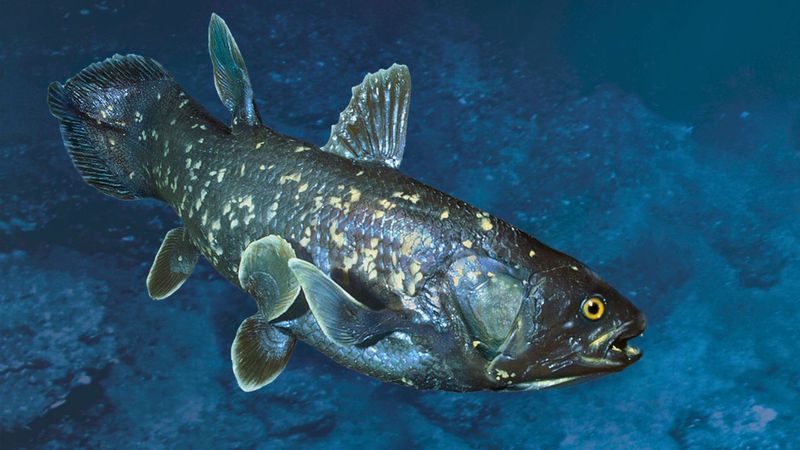
Who would have thought our golden state would hide such prehistoric treasures? California’s coastal waters represent one of the most dynamic and diverse marine ecosystems on the planet, thanks to the unique confluence of ocean currents creating varied habitats.
The California Current System creates upwelling zones that bring nutrient-rich waters to the surface, supporting everything from microscopic plankton to massive blue whales. These productive waters have apparently been sheltering ancient lineages too!
Conservation efforts along California’s coast have become even more crucial with this discovery. Marine protected areas established decades ago may have inadvertently preserved not just modern species but living windows into Earth’s ancient past.
Roadblocks In Research: Challenges And What Lies Ahead
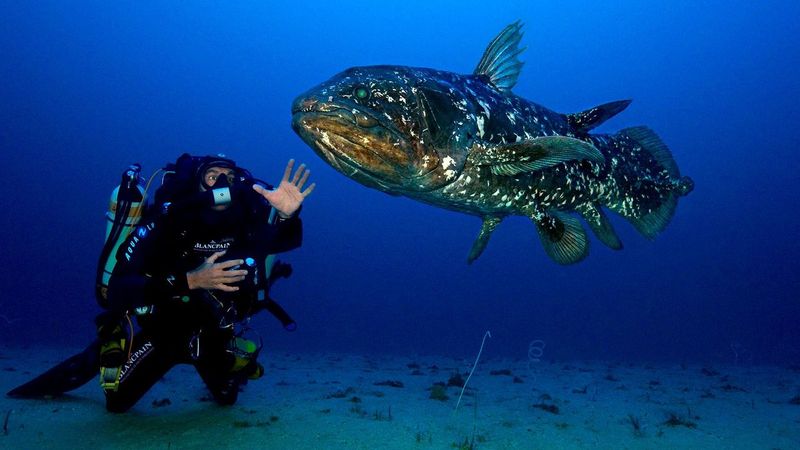
Stormy seas and equipment failures nearly derailed the entire expedition last month. Research vessels battled 15-foot waves while sophisticated deep-sea cameras repeatedly malfunctioned under extreme pressure. The team persevered through three failed attempts before capturing the first images.
Limited funding threatens future studies of these remarkable creatures. With only a six-month research window remaining, scientists race against time to secure additional grants. Marine biologists worry the fish could disappear again before they fully understand its biology.
Territorial disputes over ocean research zones add another layer of complexity. International agreements must be navigated carefully as the fish appears to migrate through waters claimed by multiple countries.
Capturing The Imagination: Why The Public Loves Living Fossils
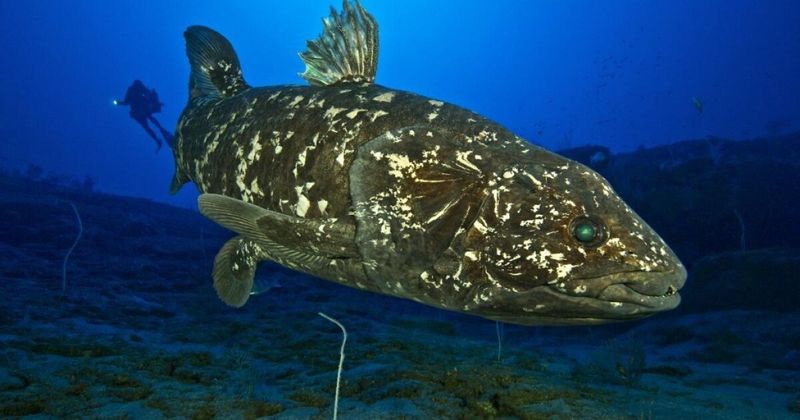
Jurassic Park fans rejoice! The discovery has sparked a social media frenzy with #OceanDinosaur trending worldwide. Children’s dinosaur books are being hastily updated to include this remarkable fish, while toy manufacturers scramble to create plush versions of the ancient swimmer.
Aquariums across the country have created special exhibits explaining living fossils, even without having the actual fish on display. Virtual reality experiences now let visitors “swim” alongside these prehistoric creatures from the comfort of dry land.
Hollywood has taken notice too. Three major studios are reportedly in a bidding war for movie rights to the discovery story, with famous directors pitching underwater documentary concepts featuring cutting-edge filming techniques.
Conclusion: Connecting Earth’s Ancient Past With Its Future

Hidden beneath the waves for millions of years, this living fossil now faces a rapidly changing ocean. Scientists have discovered its blood contains compounds potentially useful for creating new antibiotics. Medical researchers are particularly excited about proteins that have remained unchanged for 65 million years.
Climate change poses an immediate threat to this ancient survivor. The fish requires specific water temperatures that are shifting due to global warming. Conservation efforts have begun with an emergency protection order covering 120 square miles of ocean habitat.
School curriculums nationwide are being updated to include this remarkable discovery. The fish provides a perfect teaching tool for explaining evolution, adaptation, and the delicate balance of ocean ecosystems to future generations.
